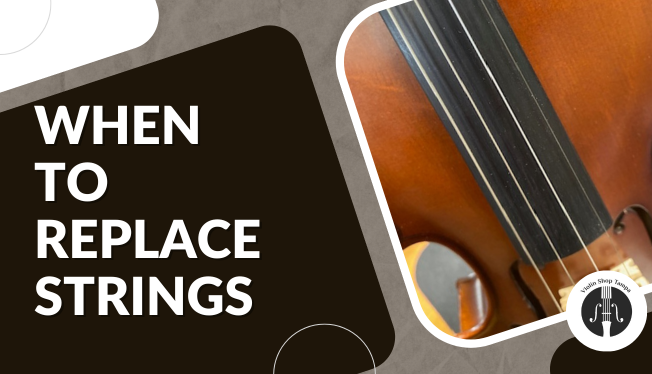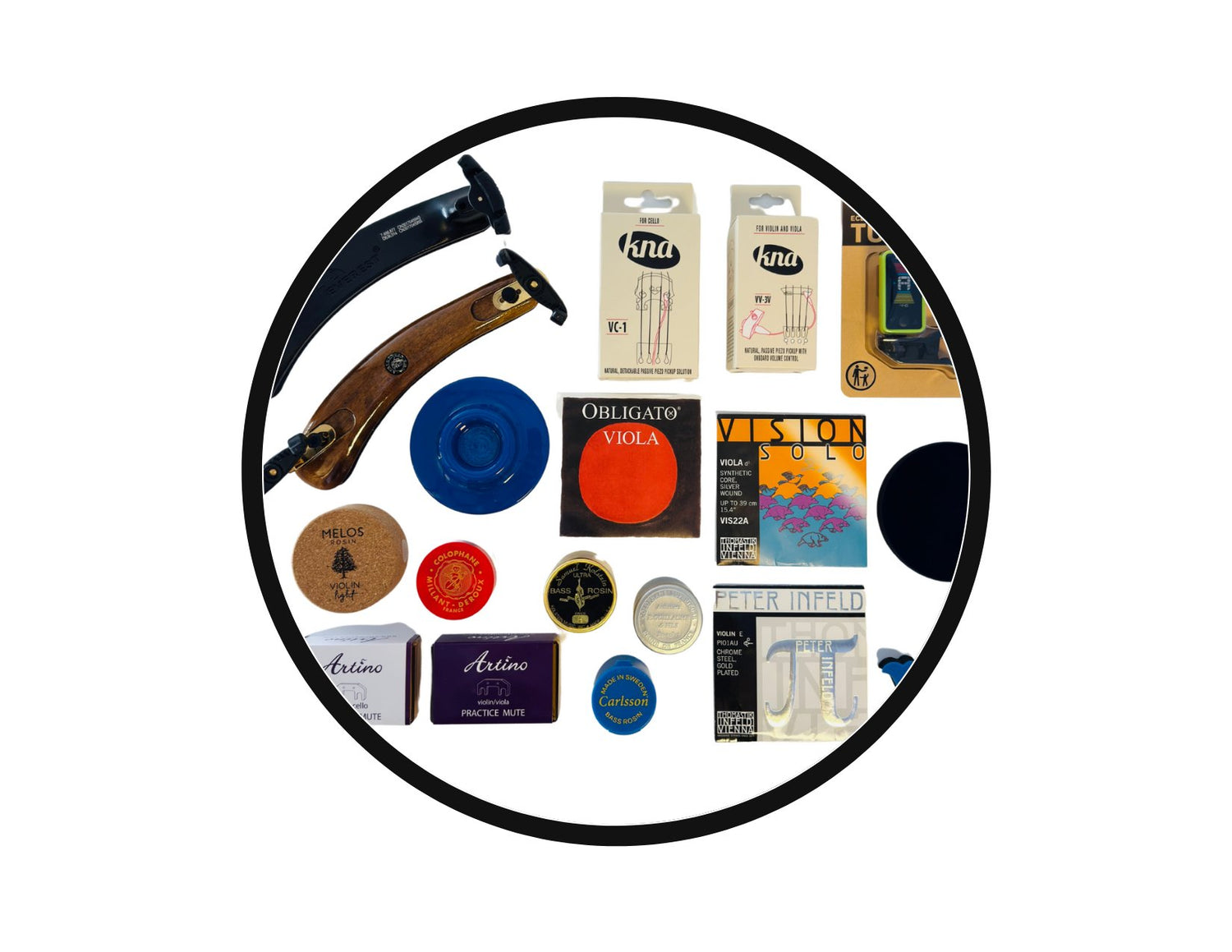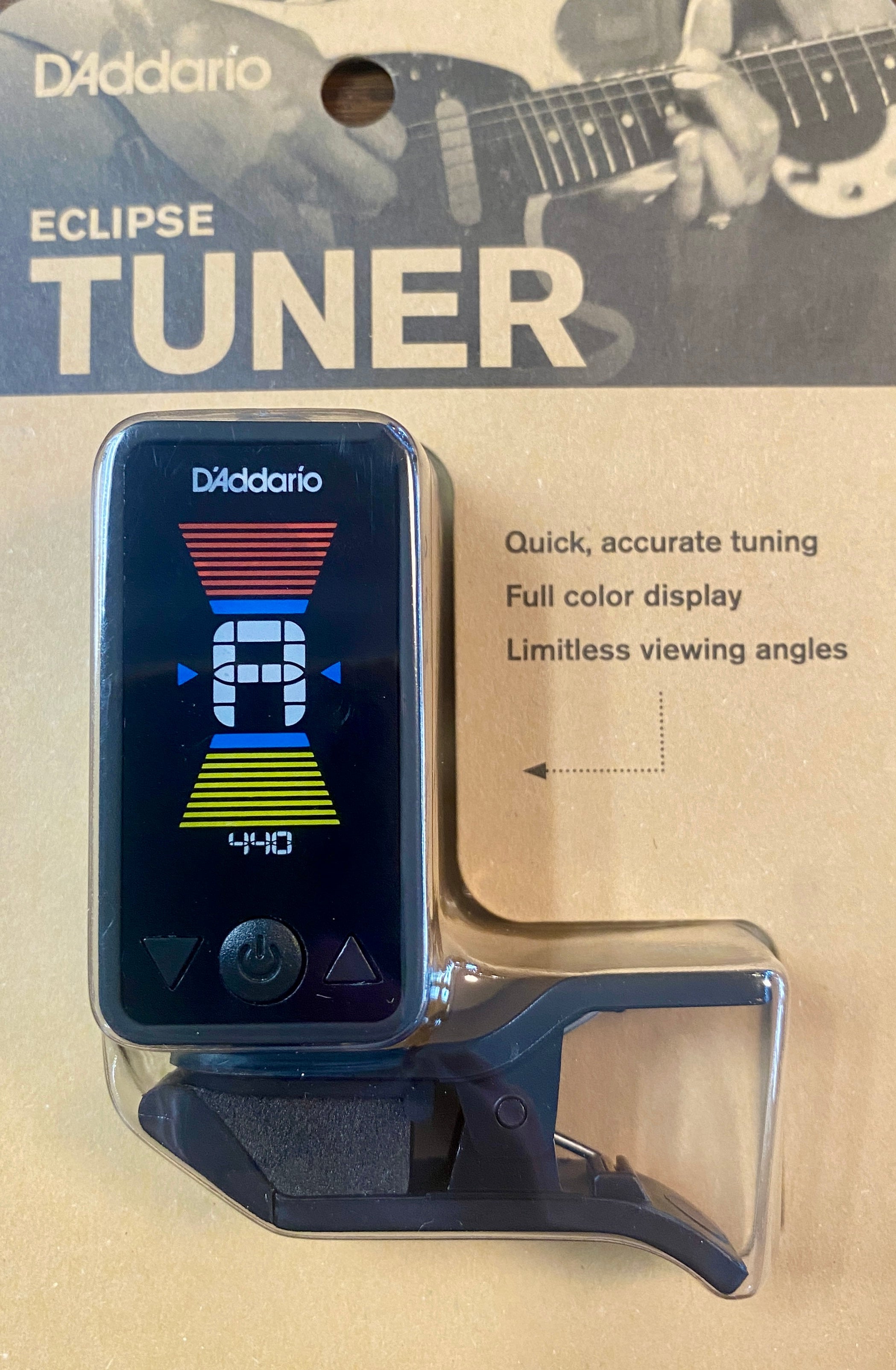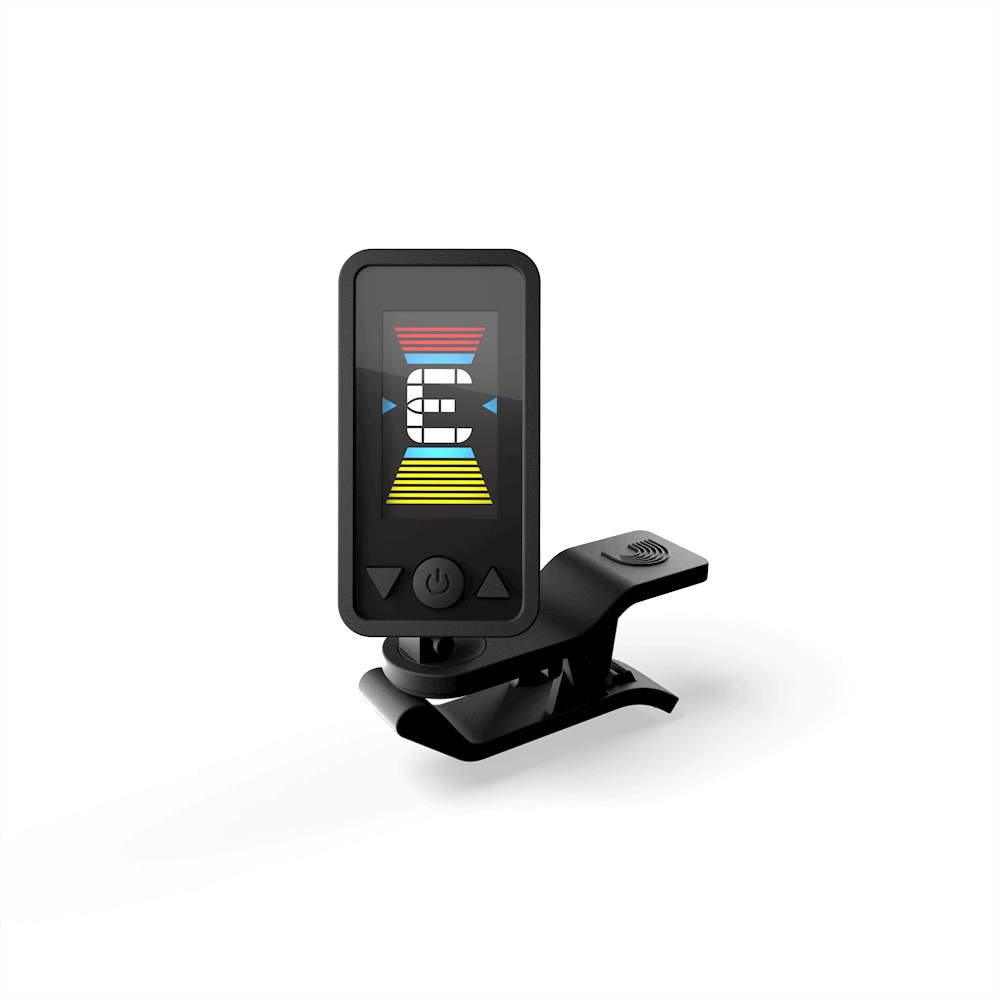Many players wonder how often to change violin strings. Understanding when to change your violin strings is important for maintaining the best sound quality and ensuring your instrument is always performance-ready. This guide will explore various factors that influence when you should replace your strings and provide practical advice on how to do so effectively.

6 Indicators That It's Time to Replace Your Strings
- Check for Signs of Wear
- Frequency of Use
- Consider the String Material and Type
- Impact of Environmental Factors
- Assess Your String Maintenance Routine
- Evaluate Your Instrument's Current Sound Quality
1. Recognizing the Signs of Wear
Violin strings don’t last forever. Over time, they can stretch, fray, and lose their resilience, leading to a dull and lifeless sound. If your strings look discolored, frayed, or you notice a decline in tonal quality, it’s probably time for a change. Regular players might find that they need to replace their strings as often as every three to four months, while less frequent players may do so annually.

2. The Impact of Playing Frequency
The more you play your violin, the more frequently you'll need to replace your strings, much like a car that needs new tires after many miles on the road. Professional musicians or students practicing daily should consider changing their strings every three to four months to avoid compromises in sound quality and playability.
3. Effects of String Material and Type
Different string materials—gut, synthetic, and steel—affect both the tone and durability of violin strings. Gut strings, while offering a rich, warm sound, tend to wear out faster than more durable synthetic or steel strings. Your choice of string can significantly impact how often replacement is necessary.

4. Environmental Factors
Strings can degrade faster due to factors like humidity, temperature, and sweat. Players in humid or very dry climates may find their strings deteriorate quicker than those in more temperate areas. To combat this, we recommend that your violin is stored in a controlled environment, ideally within a case that offers some humidity control. We recommend this hardwood violin case that has a built-in hygrometer and the Boveda 2-way Humidity Control Kit.
5. Proper String Maintenance
Regular maintenance can extend the life of your strings. Wiping down your strings with a soft cloth after each use helps remove rosin, oil, and dirt that can degrade them over time. For more stubborn build-up, a specialized string cleaner may be necessary. Additionally, avoid over-tightening your strings and using harsh cleaning products that could damage the string material.

6. Listening to Your Instrument
Ultimately, your ears are one of the best tools for determining when it’s time for a string change. Old strings tend to sound dull and can make your violin difficult to tune. If your instrument starts sounding different or you find it challenging to achieve the right pitch, these could be signs that it's time to replace your strings.
Regularly replacing your violin strings is an essential part of instrument maintenance that ensures optimal performance and sound quality. By being attentive to the signs of wear, understanding the impact of environmental factors, and maintaining good string hygiene, you can keep your violin in top playing condition. Remember, the more you care for your violin, the more it will give back in beautiful music.
Strings Need Replacing, Now What?
Now that you have learned when it’s time to change your strings, what is the best way of doing so? You have the option to bring them into a reputable violin shop, such as Violin Shop Tampa, where a trained specialist or luthier can do it for you, or you can change them on your own. We recommend replacing the strings one at a time to maintain the tension on the bridge and sound post. This approach helps preserve the structural integrity of your violin. Start with the lowest string and work your way up to the highest, tuning each new string before moving on to the next.
For instructions on how to change a string at home, listen to luthier, Dereck Coons explain in this video. For professional assistance, you are welcome to visit our store as a walk-in, or you can schedule an appointment at our workshop through our online booking system.





